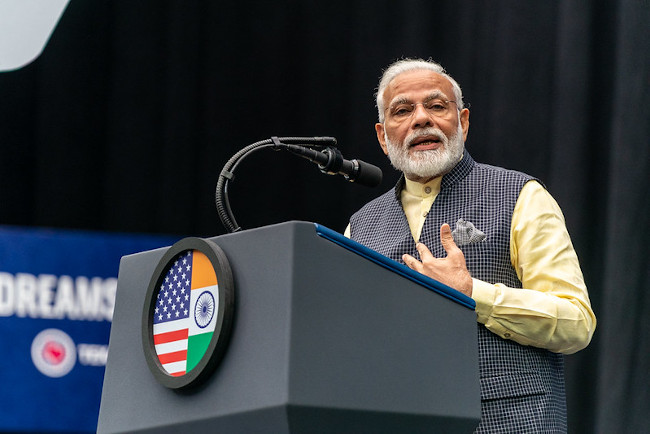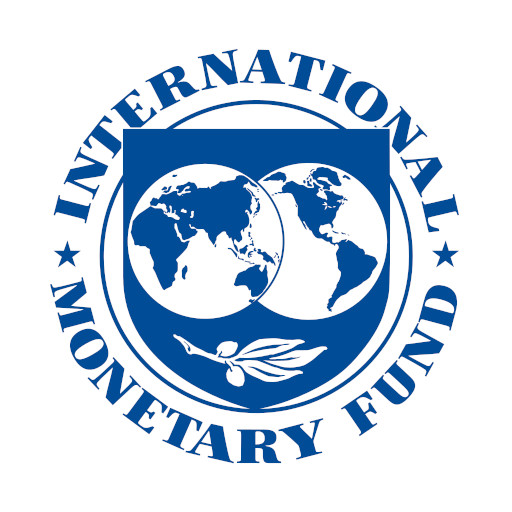
Both China and Russia, along with other countries, have long resented the hegemony of the U.S. dollar, which accounts for about 90% of all currency trading, just under 60% of all foreign currency reserves held by central banks, nearly 100% of oil trades, and over 74% of foreign trade overall.
The U.S. trade war with China, as well as U.S. sanctions on China and Russia, particularly since the beginning of the Ukraine War, have accelerated their search for a way to abandon the U.S. dollar. The main obstacle that countries face when considering de-dollarizing, however, is that the dollar is the world’s most useful currency. It is accepted nearly everywhere for trade and investment, as well as for servicing foreign debt. What’s more, those dollars that are not spent are kept in central banks as reserves, to prop up the domestic currency and the domestic economy.
The BRICS nations (Brazil, Russia, India, China, and South Africa) have been discussing creating a BRICS currency to be used in trade amongst themselves, so that that trade will not have to be cleared in U.S. dollars. This would make trade cheaper for them, as they would not have to convert dollars at each end of a transaction. It would also allow them to mitigate U.S. influence over their economies.

However, a BRICS currency would be a compromise from the standpoint of Chinese President Xi Jinping, whose stated goal is the increased internationalization of the yuan. In recent weeks, Xi has again discussed with Saudi Arabia the possibility of using yuan to settle oil trades. Saudi Arabia probably will not agree because, aside from trade with China, Saudi Arabia has no use for yuan.
Other BRICS members have largely refused to trade in yuan for the same reason, although Russia is now agreeing to accept yuan for some trades, out of sheer economic necessity. But no BRICS country is willing to give up its sovereign currency. It would be ironic for them to attempt to limit U.S. influence over them by dramatically increasing China’s control of their economies. Vladimir Putin’s goal is to restore the power of the Russian Empire, and that vision does not include giving up the ruble in favor of the yuan.
This leaves only one possibility for the BRICS nations: creating a BRICS currency to settle trade with each other, while each country keeps its own currency. This may make sense on the surface, but when examined more deeply, it would be nearly impossible to work. Moreover, it would have tremendous, negative economic implications for all five nations. It would also greatly reduce the likelihood of the internationalization of the yuan. If China’s closest allies are refusing to use the yuan, why would Saudi Arabia, the United States, Japan, or any of China’s other major trading partners adopt it?

Establishing a BRICS currency, even for internal use among BRICS members, would be problematic for several reasons. First, Russia is at war and suffering under sanctions. Another problem is the wealth disparity between these countries. China is the world’s second economic power, with the average citizen earning more than five times the average citizen in India ($12,500 per year in China versus $2,256 in India).
Exchange-rate volatility is another obstacle that would have to be overcome. How would the exchange rate between the various currencies and the BRICS currency be established, and how would it adjust, given the varying levels of economic stability within the BRICS nations? The currencies of Brazil, Russia, India, and South Africa have limited convertibility and fluctuate wildly against the U.S. dollar and the euro. Conversions of the various currencies to the BRICS currency would have to be constantly evaluated and recalculated. And the BRICS countries would all have to agree on the conversion rate, or they might decide they would be better off trading in dollars or trading with nations outside the bloc. If the BRICS currency was miscalculated, it could create arbitrage opportunities, whereby countries or entities inside or outside the bloc could benefit by purchasing one of the individual currencies and converting it to BRICS currency or vice versa.
To address all of these problems, the BRICS nations would have to establish a central bank, as well as a new currency system, payment systems, and other financial infrastructure. This would take time and cost money to establish and maintain. A BRICS bank, the New Development Bank, does exist, but it is a development bank, similar to the Asian Development Bank or the Asian Infrastructure Investment Bank. It is not a central bank, nor does it have the functions of a central bank. Additionally, its capital is in U.S. dollars.

The closest analogy to a BRICS currency would be the euro, which took years to set up and would require the establishment of a central bank. Most EU members phased out their sovereign currencies, thereby resolving issues related to exchange rates. Furthermore, the euro was accepted as a fully-convertible international currency, which was added to the International Monetary fund’s Special Drawing Rights Currencies. The BRICS currency would have no such international acceptance and would constantly have to deal with exchange rate issues among its member countries.
Once all the details of the mechanics of trading in a BRICS currency have been resolved, there would still remain the problem of usability. Normally, when countries export goods or services to another country, they receive U.S. dollars, which have many uses:
- Dollars can be used to pay for imports from nearly any country.
- Dollars can be held as foreign currency reserves in the central bank. The dollar is considered stable and safe from long-term fluctuations or devaluations. It is also versatile because dollar reserves can be used for any of the purposes in this list. Currently, the foreign currency reserves of all five BRICS members are largely in U.S. dollars.
- Dollars can be converted into other currencies, such as euros, yen, or British pounds, in order to diversify the country’s foreign currency reserves.
- Dollars can be used to invest in U.S. assets, such as U.S. Treasury bonds, which are considered risk-free investments.
- Dollars can be used to service foreign debt as most foreign debt of governments is issued in dollars and both the principal and interest must be paid in dollars.
- Dollars can also be used for foreign direct investment (FDI) in other countries.

The problem with a BRICS currency would be that it would only be useful for purchasing imports from other BRICS countries. It would not be convertible into dollars or other currencies. It could not be used to purchase U.S. Treasury securities nor to pay off foreign debt. It would be impractical for use in FDI, even in other BRICS countries. FDI generally involves construction and infrastructure projects, requiring raw materials that could not be purchased using BRICS currency. In fact, in this scenario, where each country maintained its own sovereign currency, local workers also could not be paid in BRICS currency. As a result, BRICS currency would not make an effective reserve currency, because of its lack of convertibility and its limited usability.
Given the problems related to establishing a BRICS currency, it seems unlikely that the project will move forward. If it does, it would probably only account for a small amount of trade between the countries and would be more symbolic than substantive.
Author Bio:
Antonio Graceffo, a Highbrow Magazine contributor, is a Ph.D. and also holds a China-MBA from Shanghai Jiaotong University. He works as an economics professor and China economic analyst, writing for various international media. Some of his books include: The Wrestler’s Dissertation, Warrior Odyssey, Beyond the Belt and Road: China’s Global Economic Expansion, and A Short Course on the Chinese Economy.
For Highbrow Magazine
Image Sources:
–Geralt (Pixabay, Creative Commons)
–Public Domain Pictures (Pixabay, Creative Commons)
–Whitehouse.gov (Flickr, Creative Commons)
–Ken Nakagawa (Wikimedia, Creative Commons)
–Lukas Johnns (Pixabay, Creative Commons)



